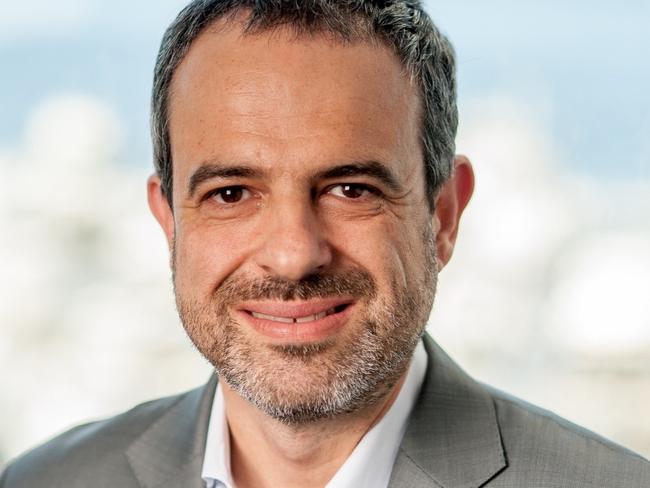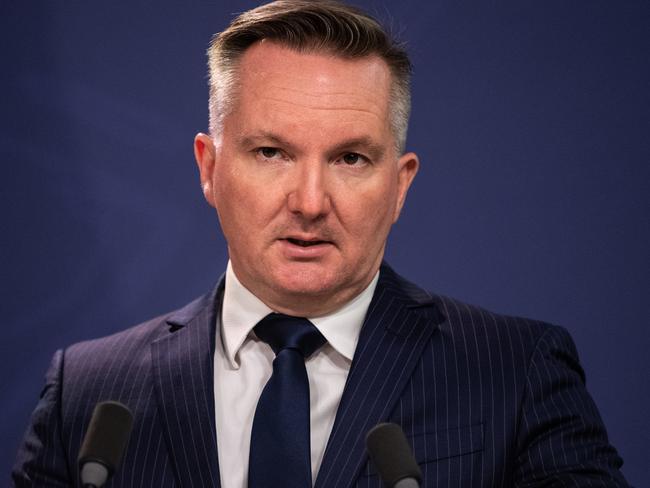Doctors fees rise as two million Aussies can’t afford medical care
Millions of Australians can’t afford medical care and a recent doctors fee rise will only make matters worse.
Illness
Don't miss out on the headlines from Illness. Followed categories will be added to My News.
More than two million Australians couldn’t afford to see a doctor or get their scripts filled this year as rising medical out-of-pocket costs undermine Australia’s “free” health system.
And the unaffordability of health care just got worse after the Australian Medical Association recommended GPs raise their fees by $1 to $84 per visit from November 1.
It will also cost more to see a specialist after the AMA’s recommended charge for seeing these doctors rose from $182 to $185.
Staggering new Australian Bureau of Statistics data shows 907,000 Aussies did not fill a prescription for medicine they needed this year because it was too expensive.
A further 632,000 skipped seeing their GP because of cost and 626,000 skipped seeing their specialist because they couldn’t afford the bill.
Even more people - 2.2 million - put off seeing the dentist because they couldn’t afford it, ABS data shows.

One in three patients are facing gap fees of up to $40 to see a GP, while two in three patients pay around $88 to see a specialist and many pay up to $41 a month for subsidised medicines.
Gaps fees for X-rays and scans average $110 but can be as high as $1000 and out-of-pocket fees for blood tests amount to $23 on average.
The costs can be crippling for people who have a chronic illness because they require multiple doctors visits, scans, tests and medicines each month.
Cancer patients are among the hardest hit and tens of thousands of patients every year have to raid their superannuation to cover their medical bills.
A recent report from the Consumers Health Forum of Australia (CHF) found that half of Australians with cancer have out-of-pocket costs in excess of $5000.
And patients with private health insurance paid almost twice as much in out-of-pocket expenses than those with no insurance, a recent Medical Journal Australia study found.
Privately insured women with breast cancer paid on average $7000 in out of pocket expenses not covered by Medicare or their health fund compared to $3000 for uninsured women, a Breast Cancer Network Australia study found.

Another study found prostate cancer patients with private health insurance had out of pocket costs averaging $10,052 compared to $5103 on average for those without insurance.
When it’s all added up Australians spent more than $31 billion out of their own pocket on health care in 2018-19, the Australian Institute of Health and Welfare found.
A key reason for growing medical costs is that Medicare rebates have grown by only half as much as wages, inflation and doctors fees since 1995.
Compounding the problem was a federal government decision to freeze Medicare rebates 2012 and 2017 even though doctor’s fees continued to rise.
And a government fees website shows some doctors are charging excessive fees more than three times higher than the Medicare rebate, and $100 more than the AMA recommends.
“The long term decline in the real value of Medicare benefits is a ticking time bomb for both doctors and consumers,” said Mark Metherell, spokesman for the Consumers Health Forum.
Only a fraction of high cost specialist fees are bulk billed meaning that many people are avoiding the specialist attention they need, he said.

Australian Medical Association president Dr Omar Khorshid said: “When inflation, health CPI and health premiums all rise far faster than MBS indexation, it’s the patients and the health system that lose,” he said.
“It’s a terrible fact that healthcare costs for Australian’s have never been higher than they are now under this Government,” Opposition health spokesman Chris Bowen said.
“I used to call Medicare universal, but when over 600,000 people can’t afford to see their GP, and families spend over $31 billion on out-of-pockets, that would be a lie,” he said.
A spokesman for Health Minister Greg Hunt said bulk billing was at record levels at 87.5 per cent.
“I note that the proportion of patients reporting that they are delaying seeing a GP due to cost is at near historic lows – decreasing from 4.9 per cent in 2013-14 to 3.7 per cent in 2019-20,” the spokesman said.
“Whilst the Government sets Medicare fee amounts, GPs and their practices are private businesses and are free to determine the prices for their services, including whether patients are bulk-billed or charged a co-payment.”
GAP FEES
Medicine: $41
GP: $40
Specialist: $88
X-ray and scans: $110
Blood test: $23




